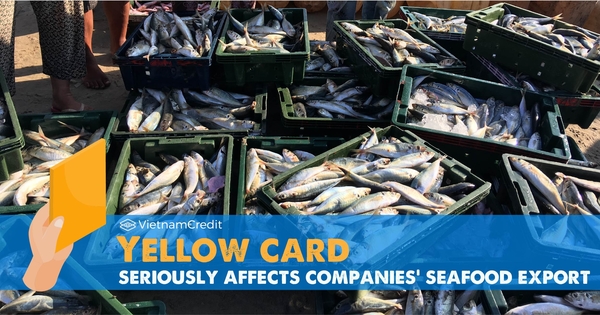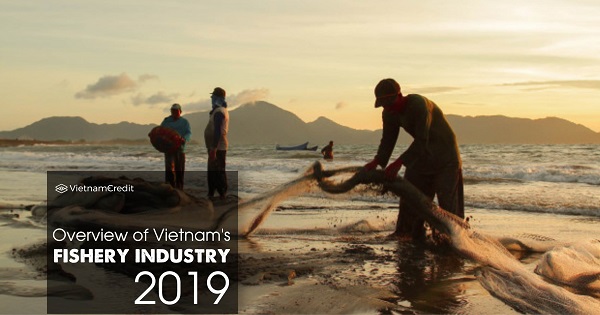The seafood industry is currently one of the key economic sectors, playing an important role in the development of Vietnam's economy. Vietnam's seafood brands are not only affirmed in the domestic market but also well received by many countries around the world.
Seafood production
From 1995 to 2020, Vietnam's seafood production experienced sharp growth, increasing more than 6 times, from 1.3 million tons in 1995 to 8.4 million tons in 2020 with an average annual growth of 8%. In particular, aquaculture production accounts for 54% while output from exploitation accounts for 46%.

In 2020, the aquaculture area of Vietnam was 1.3 million ha, and farming output was 4.56 million tons. In which, production output of farmed shrimp was 950,000 tons while that of pangasius was 1,560,000 tons.
There are 2,362 brackish water shrimp hatcheries nationwide (1,750 black tiger shrimp hatcheries and 612 vannamei shrimp hatcheries) with 79.3 million shrimp seed (15.8 million tiger shrimp; 64.1 million whiteleg shrimp).
Particularly in the Mekong Delta, there are about 120 breeding facilities for pangasius broodstock, nearly 4,000 ha of pangasius rearing.
Sea farming area is 260 thousand ha and 7.5 million m3 cages with output reaching 600 thousand tons. From 1995 to 2020, Vietnam's capture fisheries production more than quadrupled, with an average annual growth of 6% from 929 thousand tons to 3.85 million tons. In 2020, there were 94,572 fishing vessels. There were 4,227 operating fishing teams with 29,588 fishing boats and 179,601 workers at sea.
Export of seafood
In early 2022, the seafood industry recovered strongly thanks to the positive recovery of exports and favorable export prices with an increase of 50.7% over the same period.

Specifically, in the first 2 months of the year, the seafood industry in general grew strongly, especially exports of pangasius and shrimp grew by 70.8% YoY and 31.6% YoY respectively compared to the same period in 2021.
Notably, the export price of shrimp has continuously increased since the second half of 2021, and continued to increase strongly in early 2022, although it slowed down at the beginning of the year.
Because Vietnamese shrimp has a great competitive advantage compared to other exporting countries such as India and Ecuador in terms of product quality meeting ASC standards, the selling price is also higher. The export price of shrimp reached the highest level in the past 2 years, nearly 10,000 USD/ton.
Shrimp exports to most markets were positive, especially exports to the US and EU increased strongly by 66-82% YoY. Meanwhile, the China & Hong Kong markets have not shown any signs of improvement, and political tensions in Ukraine and Russia have affected exports to these countries but not significantly. However, shrimp export turnover is still slowing down compared to previous months.
Pangasius is the fastest growing key product of the seafood industry, achieving an impressive growth rate of 70.8% YoY, reaching USD 273 million. The reason for this significant increase is that exports to the EU market have grown again after 2 years of interruption, plus pangasius exports to China have also recovered compared to the same period last year despite a slight decrease compared to the last month of 2021.

In spite of the strong increase in demand, the limited supply has led to the general risk of seafood products, which is high prices of raw material. Raw material prices are still in a strong upward trend, while the output is not much. In addition, higher freight rates also affect profit margins.
The overall outlook for seafood exports is expected to continue to be positive thanks to strong demand and favorable export prices.
However, this increase may slow down due to many objective factors such as the Ukraine-Russia war, which affects all industries (including seafood). However, the overall impact on the whole industry is not ominous (2.2%).
Despite the high demand, the risk of not having enough raw materials to serve orders, high production costs as well as high transportation costs are common difficulties of the seafood industry. Exporting businesses have also realized and improved their supply chains as well as focused on upgrading farming technology to overcome these limitations during the epidemic.
The seafood industry also benefits from the EVFTA and CPTPP in the near future, helping seafood exporters to reduce costs as well as increase profit margins.
Source: VASEP, Vietdata


























































